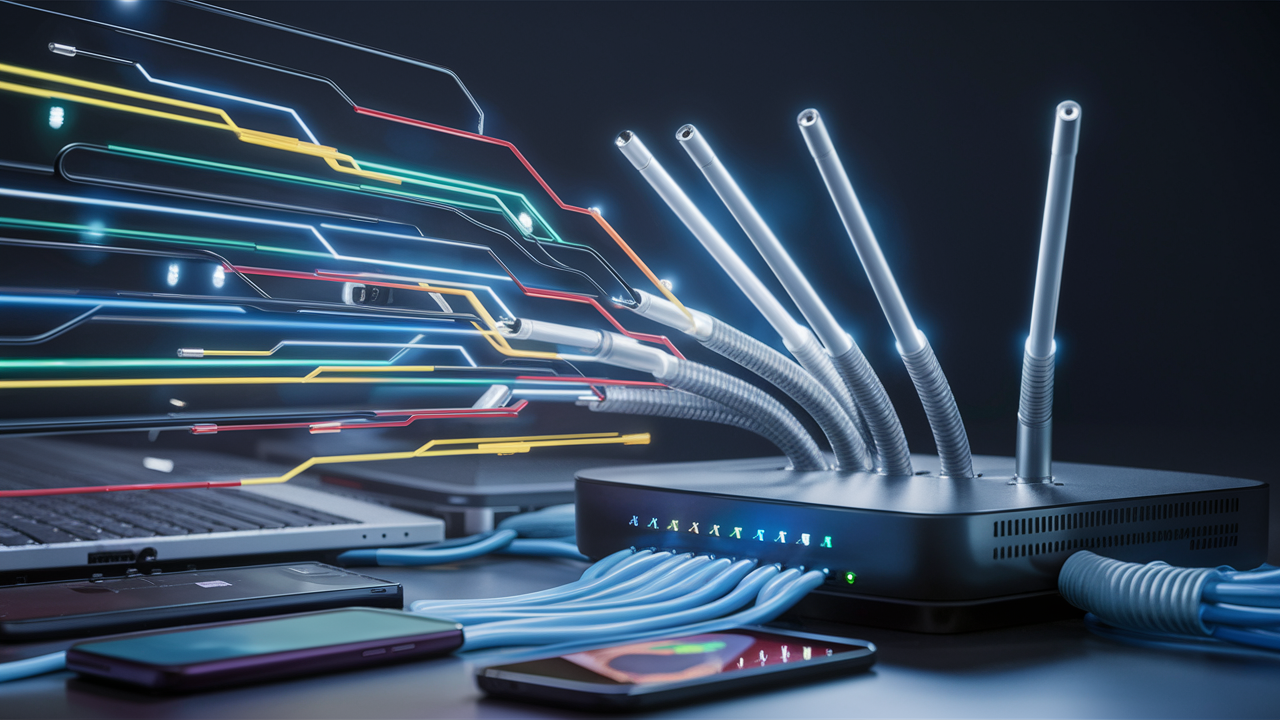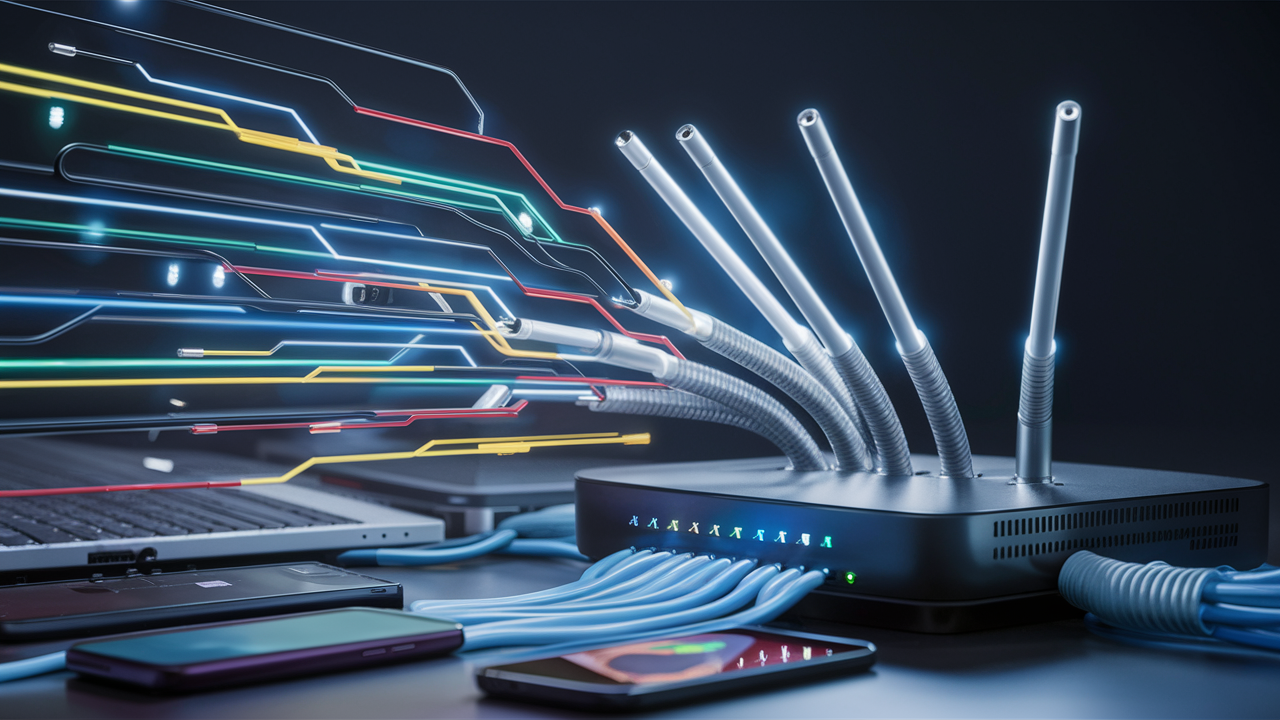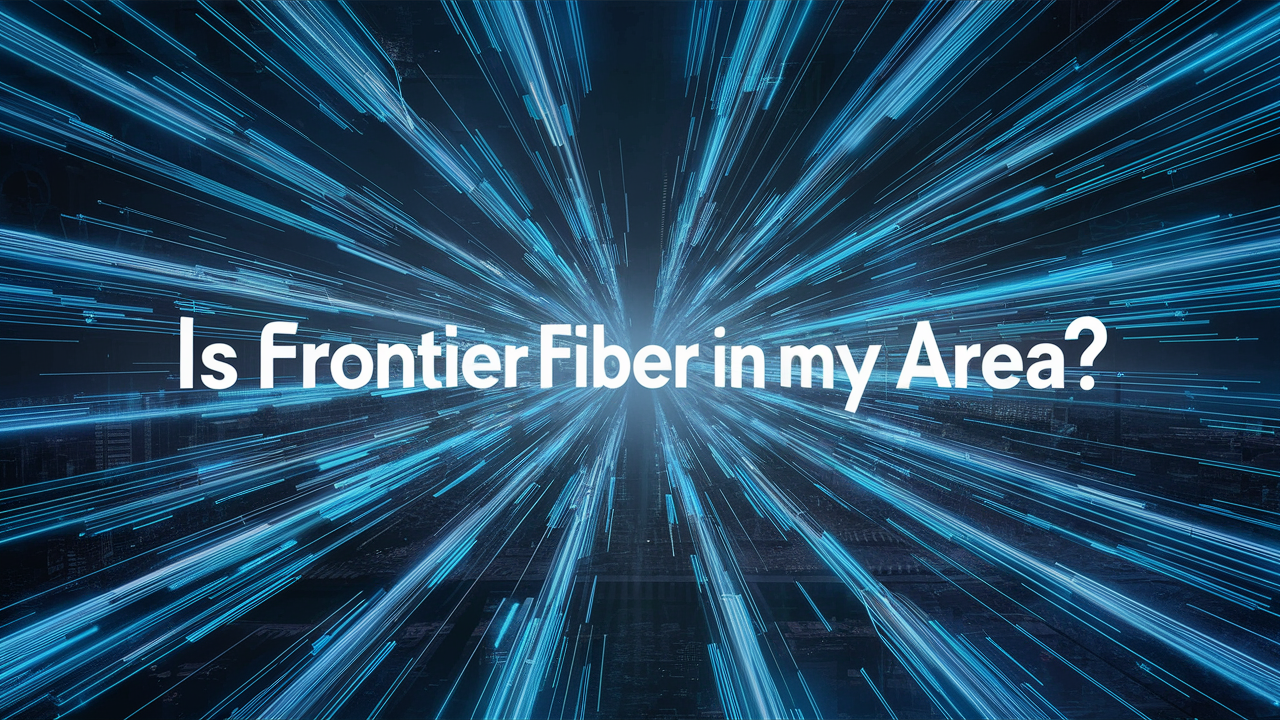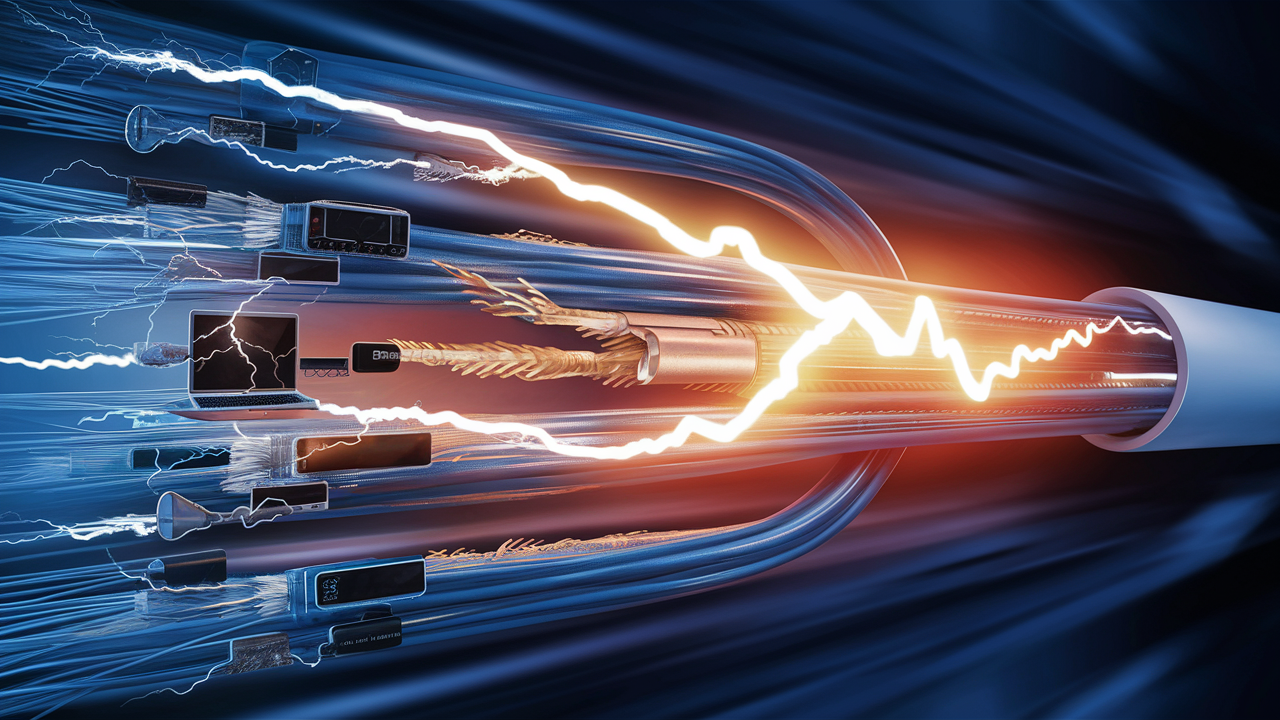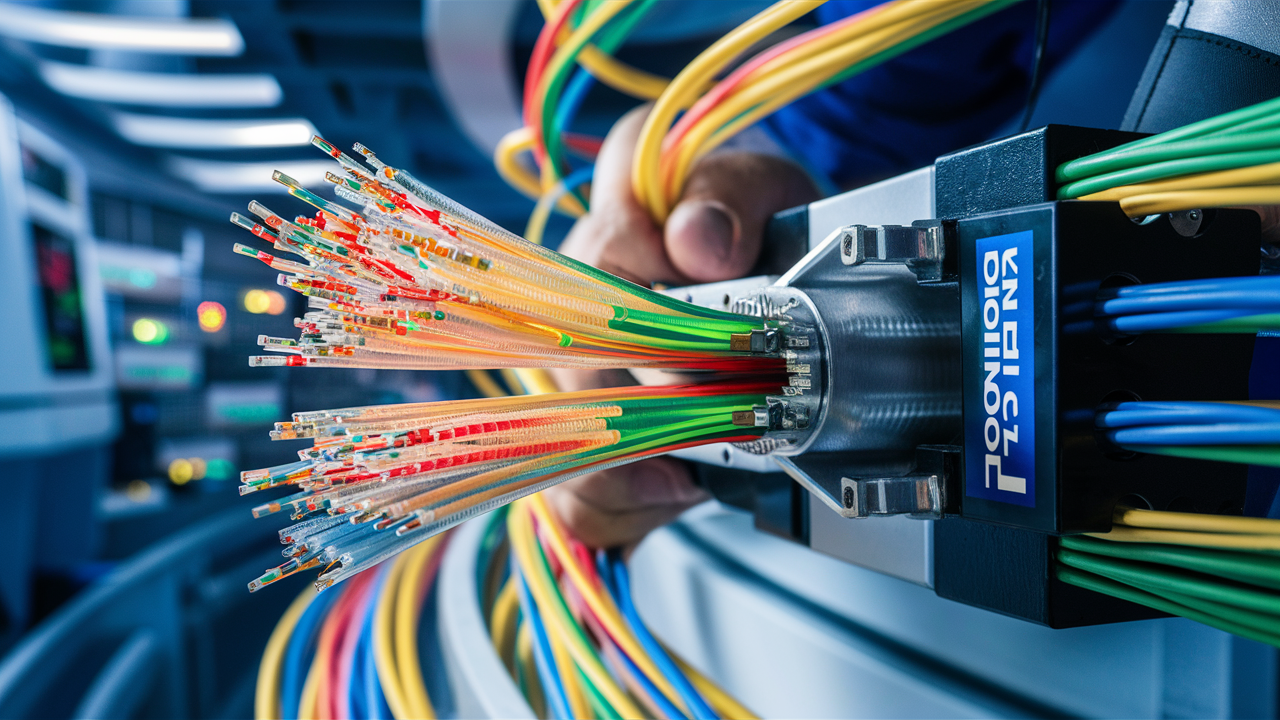
Frontier Communications Corporation is a large telecommunications company in the United States that offers internet, television, and telephone services to homes and companies. In the recent years, Frontier has been investing heavily in the installation of fiber optic cables across the United States and as this company advances towards attaining its goal of connecting more communities to this internet solution, many customers have been asking themselves a number of questions that seek to know more about this company including; what type of fiber optic cable does Frontier use?
For Frontier FiOS, fiber optic cables are necessary in delivering the internet service provider connections needed by the consumers. For constructing this network, Frontier utilizes several types of fiber optic cable that are versatile in various deployment strategies.
Some of the primary fiber optic cables used by Frontier include the following fiber optic cables:
Single-Mode Fiber
The primary kind of fiber optic cable that Frontier employs for its fiber connections for high distances is the single-mode fiber (SMF). Single-mode fiber has a very small core (around 9 microns), which means that light travels through only one path (Mode).
Employing a single mode helps single-mode fiber to transmit signals over significantly longer distances compared to multi-mode fiber, which has several paths. It can also operate in single mode and has been designed for transmission inside particular infrared range used in current fiber optic networks.
While there are other types of single-mode fibers available for Frontier, the type most suitable for high-capacity fiber backbone connections that cover long-distance city to state connectivity are the G.652 fiber or SMF 28 fiber. This gives throughput up to 10 Gbps over many kilometers.
Multi-Mode Fiber
Although single-mode fiber is the best for the longer fiber links, multi-mode fiber is also useful for the shorter connections. Multi-mode fiber features a wider core, it can either be 50 or 62.5 micron which supports several light transmission paths.
Frontier uses multi-mode fiber optic cable to link equipment in the local networks. This comprises external links between central offices, and external links in fiber nodes in neighborhoods to Optical Network Terminals at customer premises.
Two standard types of multi-mode fiber used by Frontier are
- OM3 – Supports up to 10 Gbps up to 300 meters
- OM4 - Supports data rates up to 100 Gbps up to 550 meters
Single-mode fiber is used for long-distance backhaul connections, while multi-mode fiber can be used for distribution within a specific area, thus providing Frontier with an option of fast and reliable fiber connectivity.
Frontier also utilizes specialty fiber cables for certain parts of its network
Armored Fiber Optic Cable
However, where fiber optic cables are more likely to be subjected to physical damage or interference of any kind, Frontier uses armored fiber optic cables. This means that it has an aluminium sheath with kevlar strength members to ensure that it does not get cut or broken.
Armored fiber is also used to enhance the protection in such areas as outdoor environment and the vulnerable areas, such as bridge crossings. It also has some requirements for rodent protection when using fiber underground.
Aerial Fiber Optic Cable
Frontier also deploys a large portion of its fiber above ground through stringing cables up utility poles, as opposed to placing fiber below the ground. In aerial fiber deployment, Frontier employs fiber cables with reinforcements to facilitate the tension demands and other external factors relating to overhead cabling.
These include incorporated steel wire strength members and figure-eight configuration that does not allow twisting and deformation from wind loads. Frontier’s suppliers obtains specific aerial fiber cables to support specialized aerial applications.
Fiber Optic Cable Selection Parameters
When choosing which specific fiber optic cable to install for certain segments of its network, Frontier Communications takes into account factors like
- Surrounding (subterranean, airborne, or internal)
- Fiber performance specifications
- Distance fiber is required to carry signals
- Future capacity needs
- Local construction requirements
Frontier can design fiber networks that fit in the particular deployment scenario by using common industry standard cable types to meet cost, capability, and duration requirements.
Ongoing Fiber Network Upgrades
As the consumer bandwidth requirements are skyrocketing year on year, Frontier is expanding the capacity of its fiber network across the country.
As the key long-haul wireline infrastructure remains in single-mode fiber cable, Frontier conducts technology upgrade on localized fiber links systematically. To meet these customers’ demands, the company upgrades legacy multi-mode fiber segments to next-generation OM3 and OM4 to deliver extra margin of performance.
When Frontier continues to expand fiber-to-the-home connections to other markets, customers can look forward to deployment utilizing state-of-the-art, high fiber count cable infrastructure designed for the increasing pace of future speeds. Fiber-optic cabling that delivers Frontier’s 100% fiber-optic internet is sufficient for present and future needs with extra upgrades over its likely long lifespan underground.
While customers enjoy the lightning Internet connection of Frontier Fios over fiber optic network, they do not take the time to consider cables that transmit broadband bits to their houses. However, it is these dependable fiber lines that allow Frontier to bring next-generation internet solutions to communities in the United States.
Call (844) 303-0436 to get a new Frontier connection now!
Read More:
When Will Frontier Fiber Be Available in My Area?
Is Frontier Fiber Available at My Address?
Where is Frontier Fiber Available?
How Does Frontier Install Fiber Optic Internet?
How Fast is Frontier Fiber Internet?

